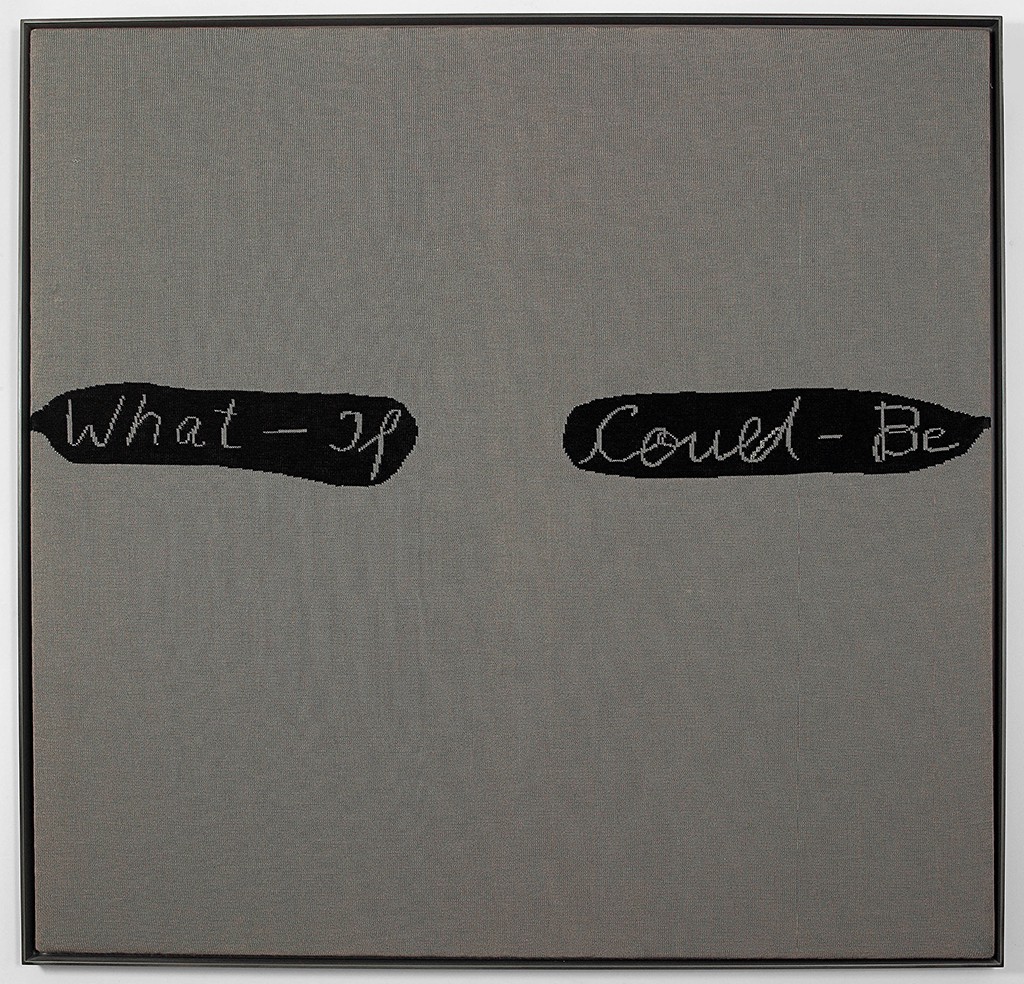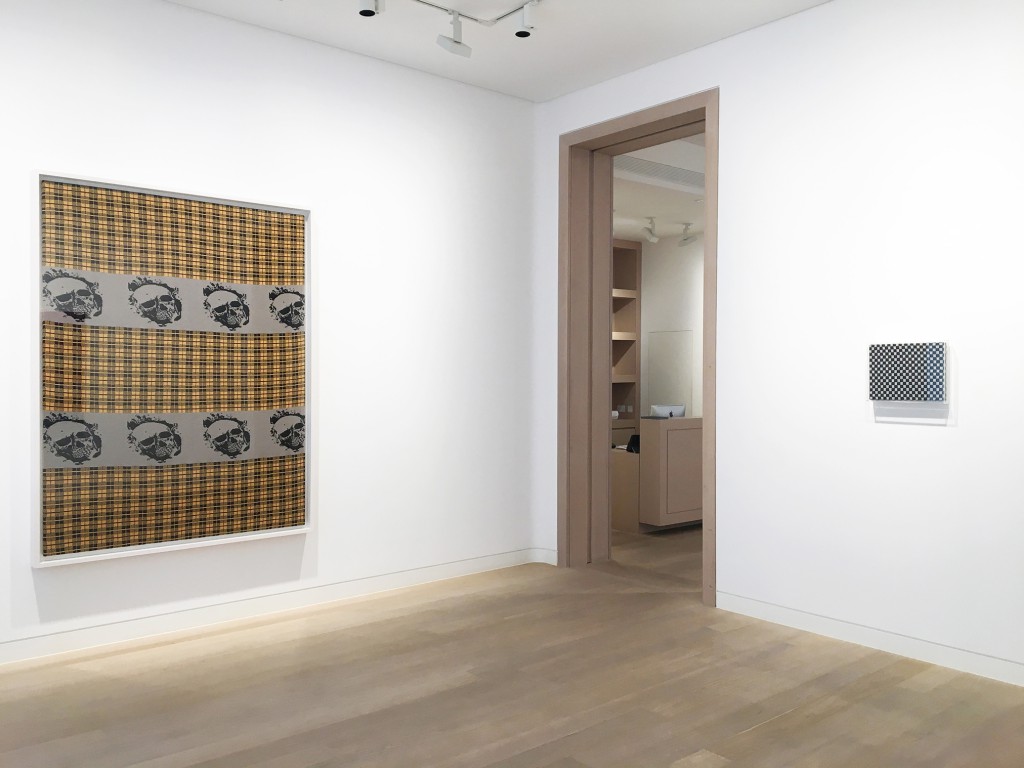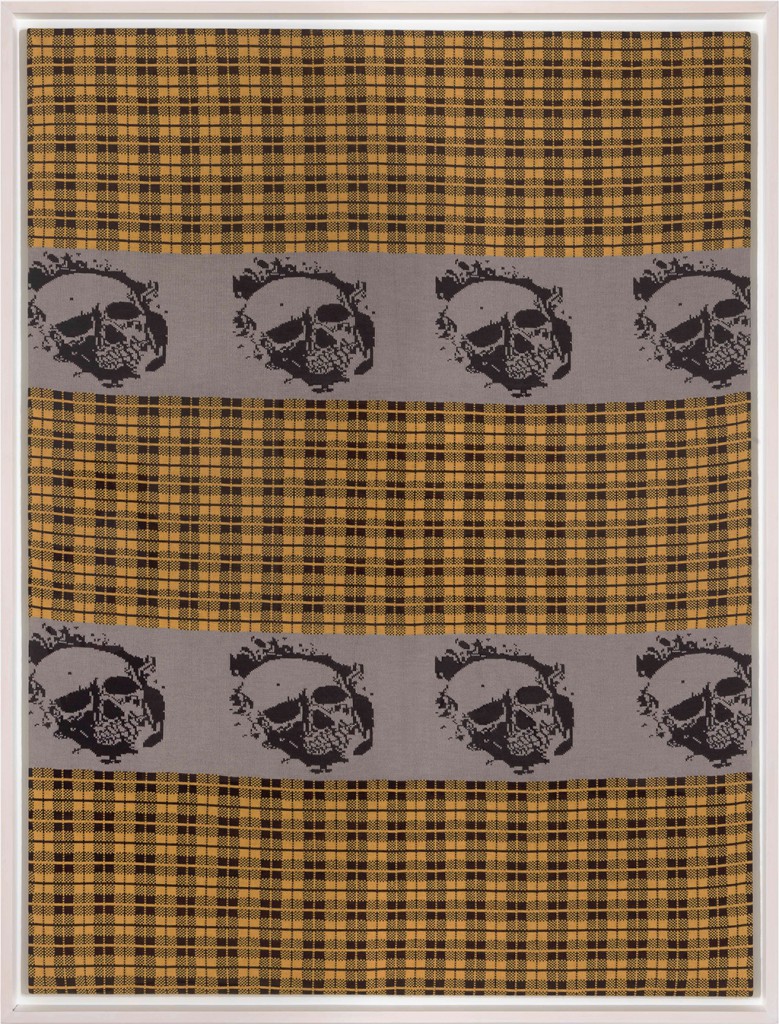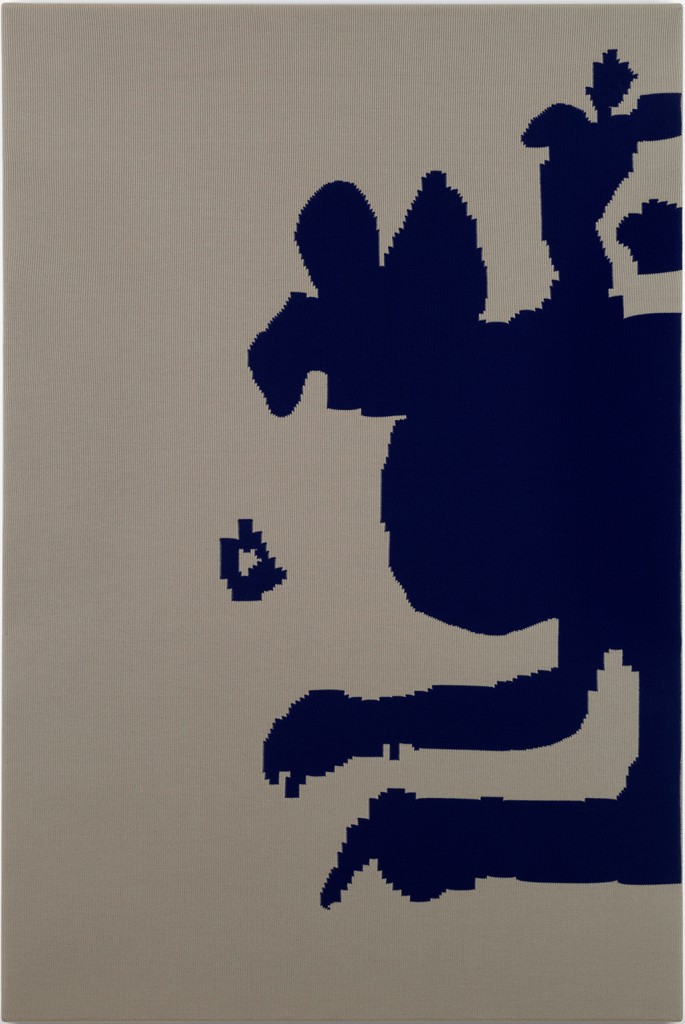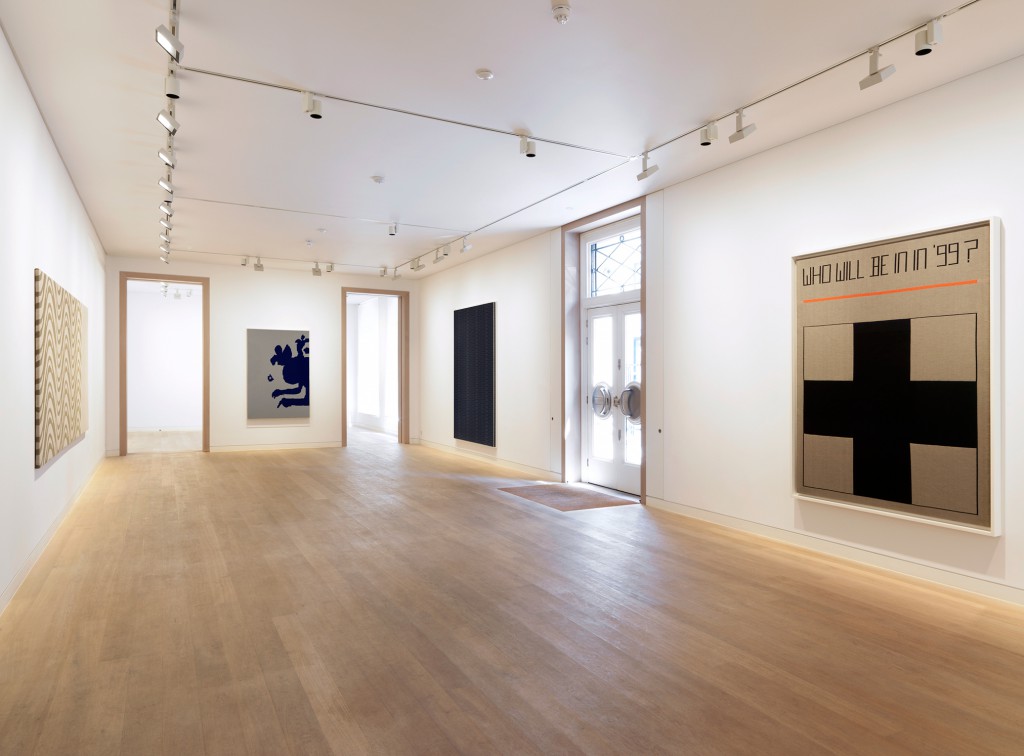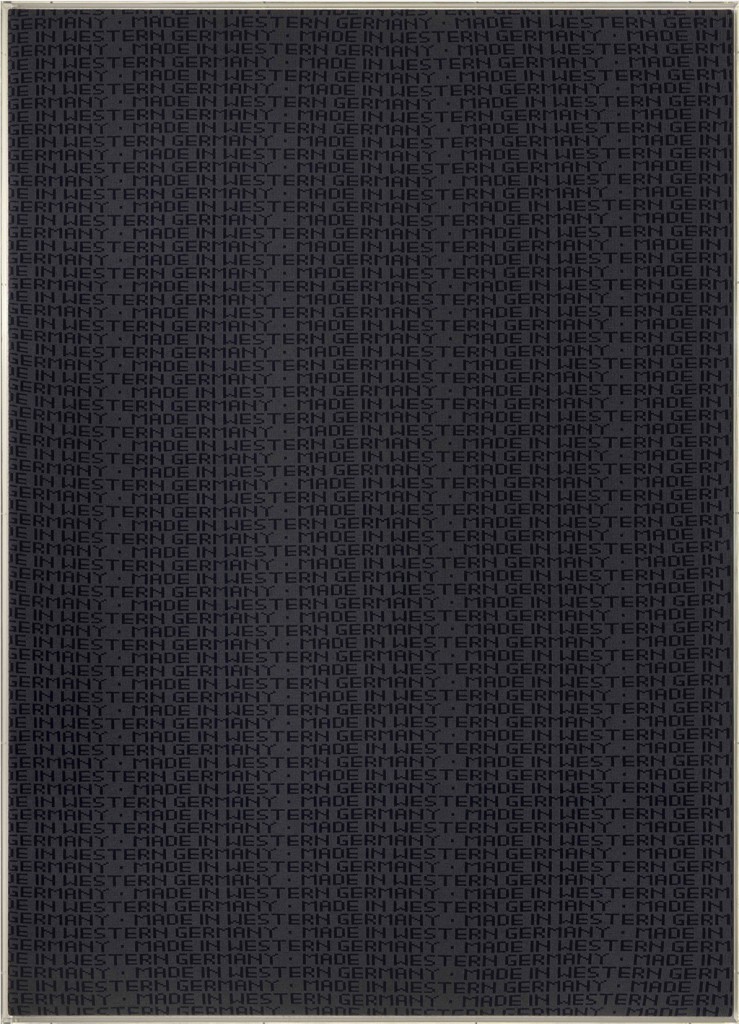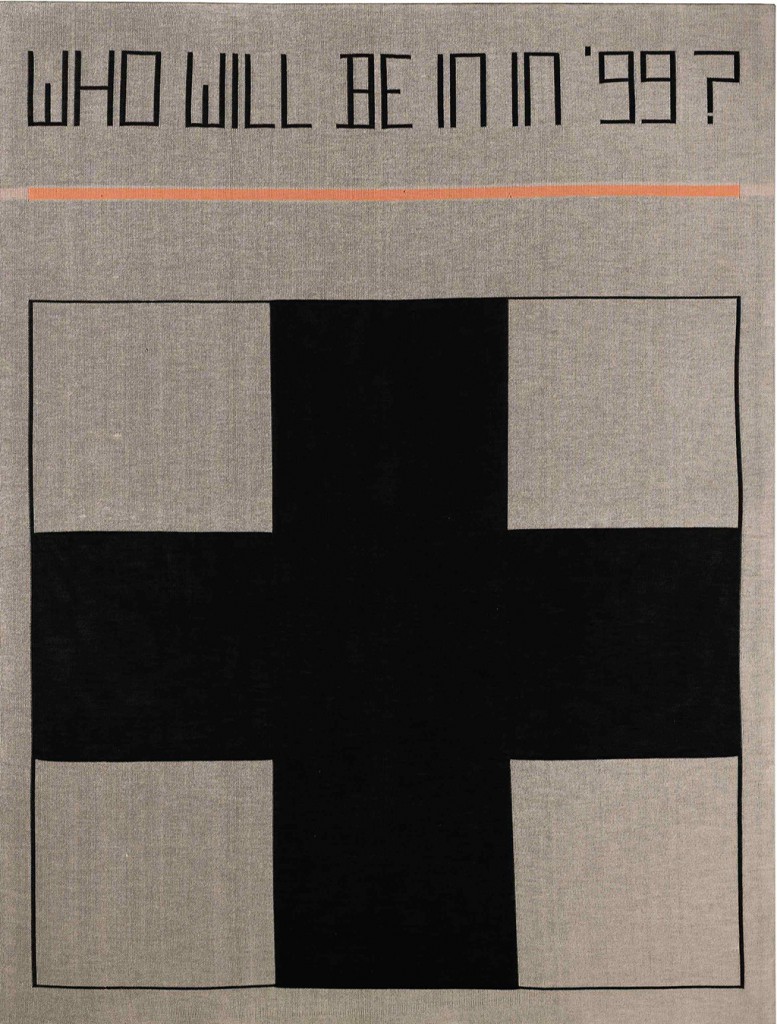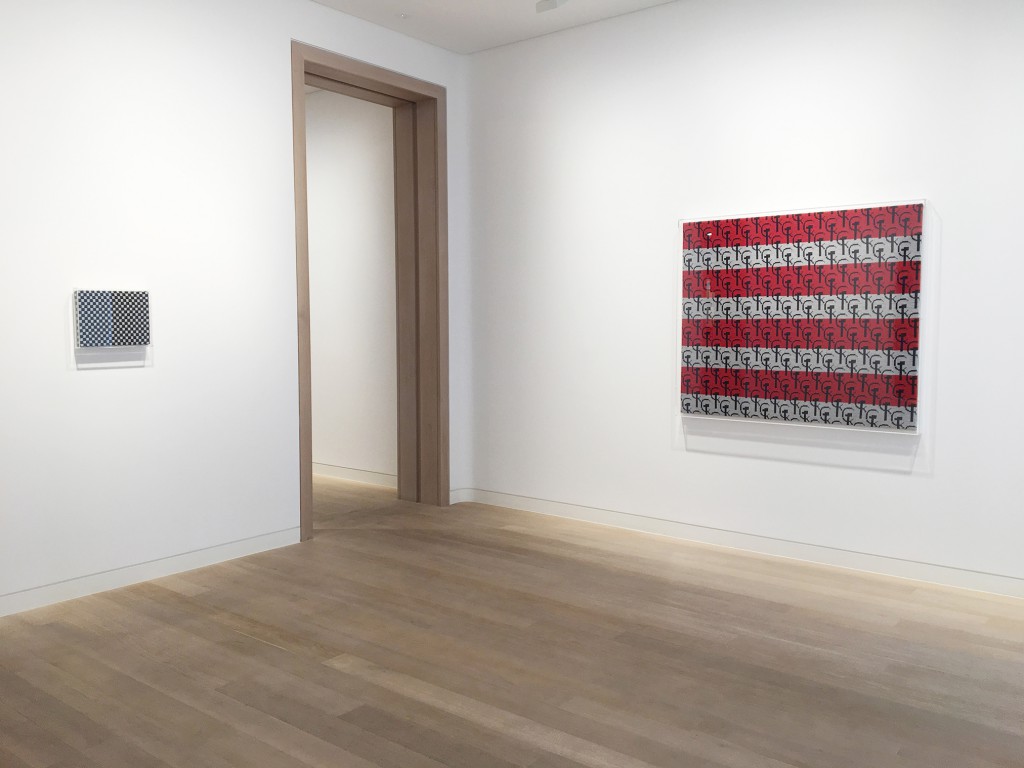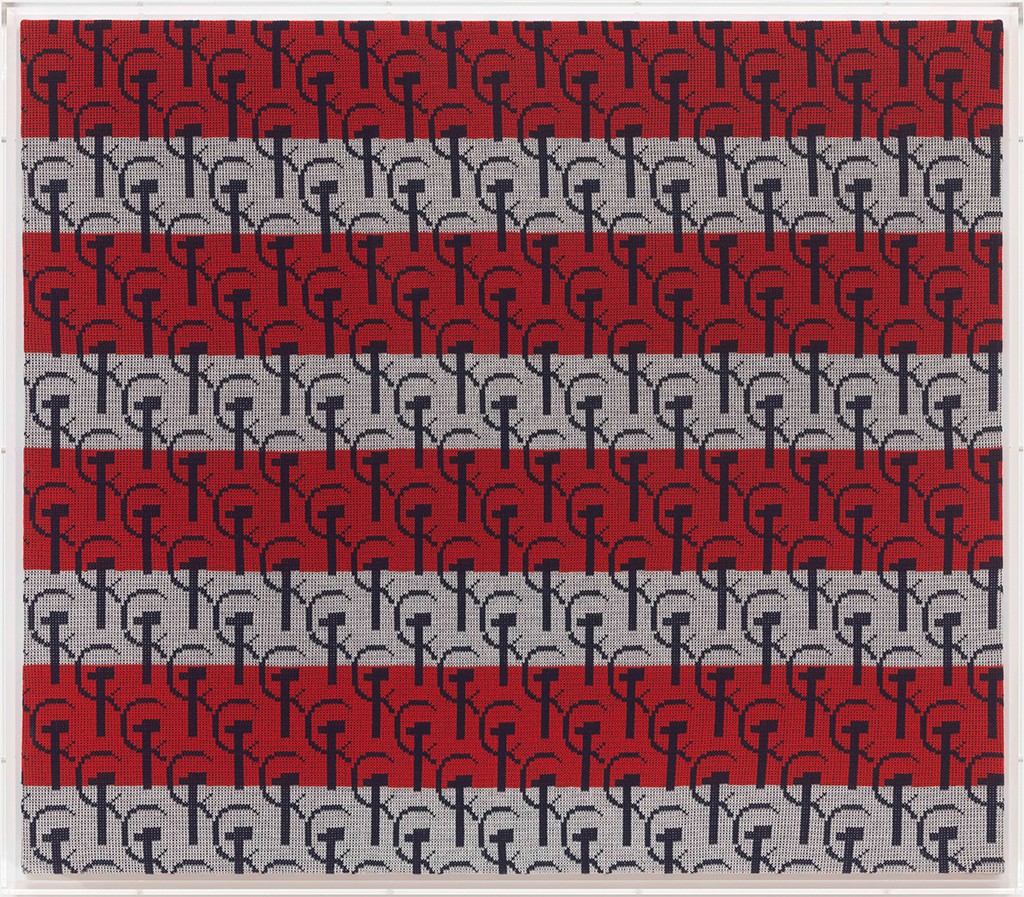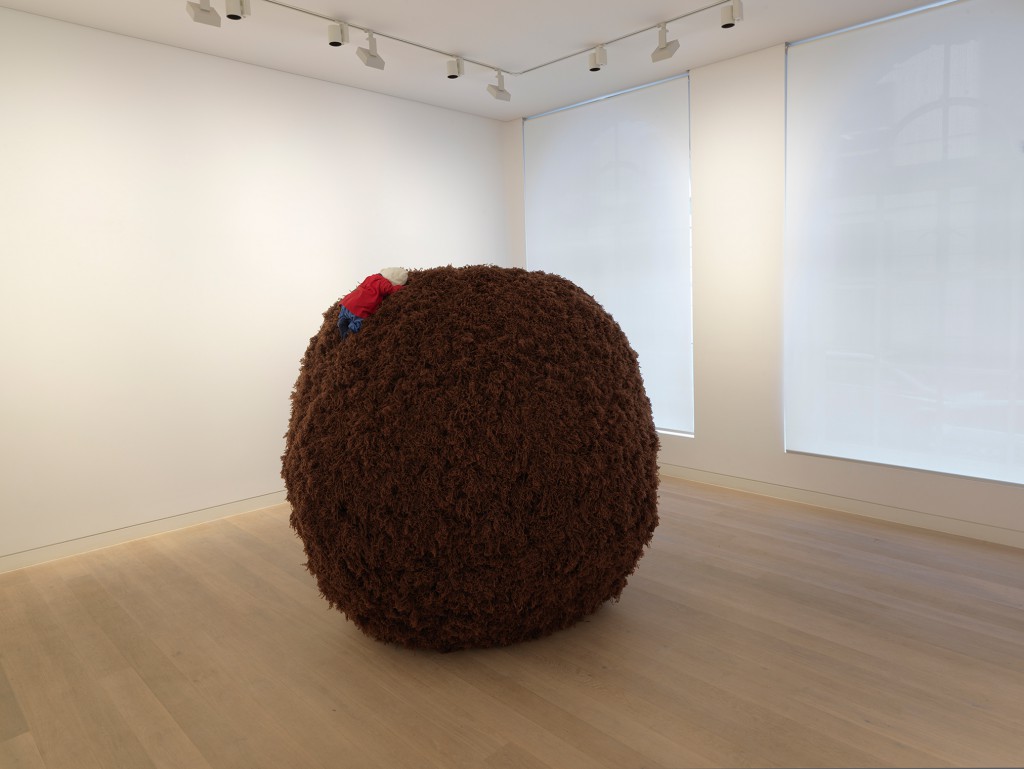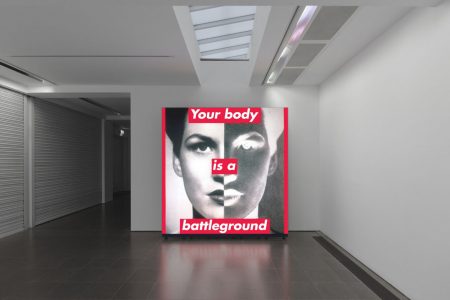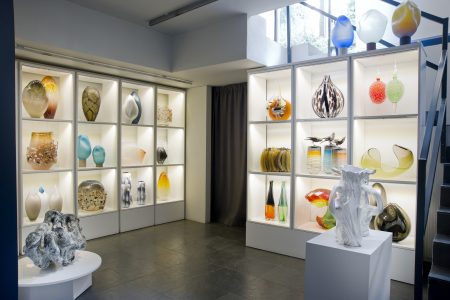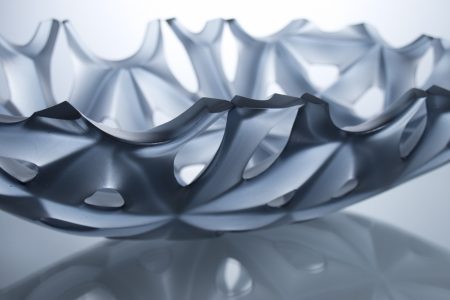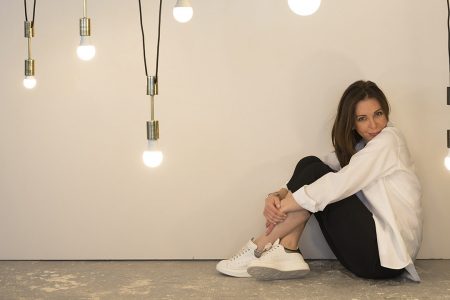Rosemarie Trockel at Skarstedt
German artist Rosemarie Trockel’s timeless knitted paintings receive their first dedicated UK exhibition at Skarstedt Gallery in London until August 4.
How did the material of wool and the technique of knitting come to be associated with the supposedly ‘inferior’ domestic realm of women? This is the question that Rosemarie Trockel explores in her renowned knitted wool paintings produced in the 1980s and 1990s.
For the first time in the UK, these so-called Strickbilder or ‘knitting pictures’ are now the subject of a dedicated exhibition, at Skarstedt in London until August 4. Founded in 1994 in New York by Per Skarstedt, the gallery is dedicated to mounting historical exhibitions by contemporary European and American artists, and opened its London branch in 2014. The exhibition is a timely re-examination of the feminist and political subtext of the German artist’s work.
“I wanted to know what causes a given kind of work to be regarded by women as embarrassing, both in the past and in the present: whether this has to do with the way the material is handled or whether it really lies in the material itself,” says the German artist. Born, living and working in Cologne, Trockel uses a computerised knitting machine to create geometric patterns informed by political and commercial motifs such as the hammer and sickle, and playboy bunny. Using advanced technology, Trockel thereby elevates knitting from traditional craft. The mechanical production highlights the question of whether it is technique and material that denote knitting as feminine and inferior, or social construction.
That the themes and work of Trockel’s knitted paintings remain so contemporary today is both an indictment on social progress, and testament to her genius.
